Anyone who’s ever tried to medicate a feline friend knows the truth: cats have mastered the art of resistance like no other creature on Earth. Your furry companion can transform from a docile lap cat into a ninja warrior at the mere sight of a pill bottle. While dogs might eagerly gobble down medication hidden in peanut butter, cats possess an almost supernatural ability to detect when you’re trying to sneak something past them.
The reality is that most cats will need medication at some point in their lives, whether it’s antibiotics for an infection, pain relief after surgery, or ongoing treatment for chronic conditions. Learning proper techniques can transform this seemingly impossible task into something manageable. So let’s dive into the tried-and-tested methods that actually work, plus the common mistakes that can make your medication mission fail spectacularly.
Hide It in Wet Food or Treats
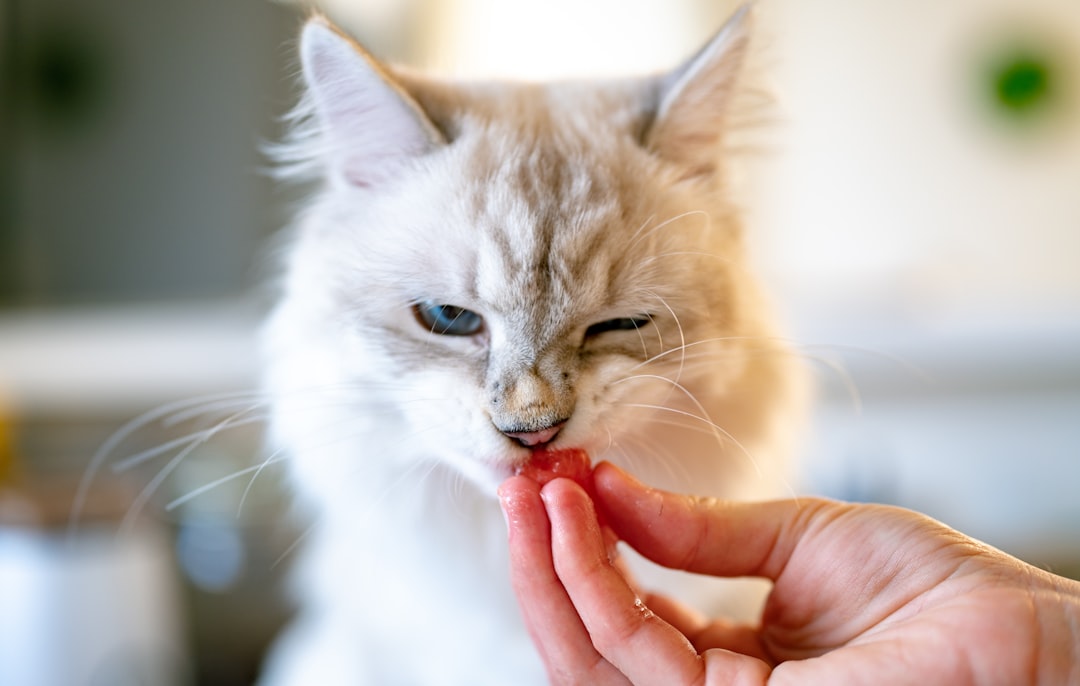
The easiest way to give a cat a pill is by using wet food or a Pill Pocket, though success depends entirely on choosing the right vehicle for your deception. Consider this approach if your cat is food-motivated and hasn’t yet caught onto your tricks. When hiding a tablet in food, make sure it’s completely hidden, and only offer a small amount of food initially.
You can form your cat’s wet food into a ball and insert the pill inside so that all the medication is covered. This “meatball” method works particularly well with pâté-style foods that hold their shape. To ensure your cat swallows the pill, place it in a small amount of food that your cat is certain to eat, rather than a large portion that she may not complete. Think of it like offering a delicious appetizer rather than a full meal.
Timing matters tremendously with this approach. Make sure your cat is hungry by taking all food away for 12 hours (if appropriate) to make sure your cat will want to eat. A hungry cat is far more likely to inhale their food without carefully inspecting every morsel for suspicious additions.
Use Specialized Pill Pockets
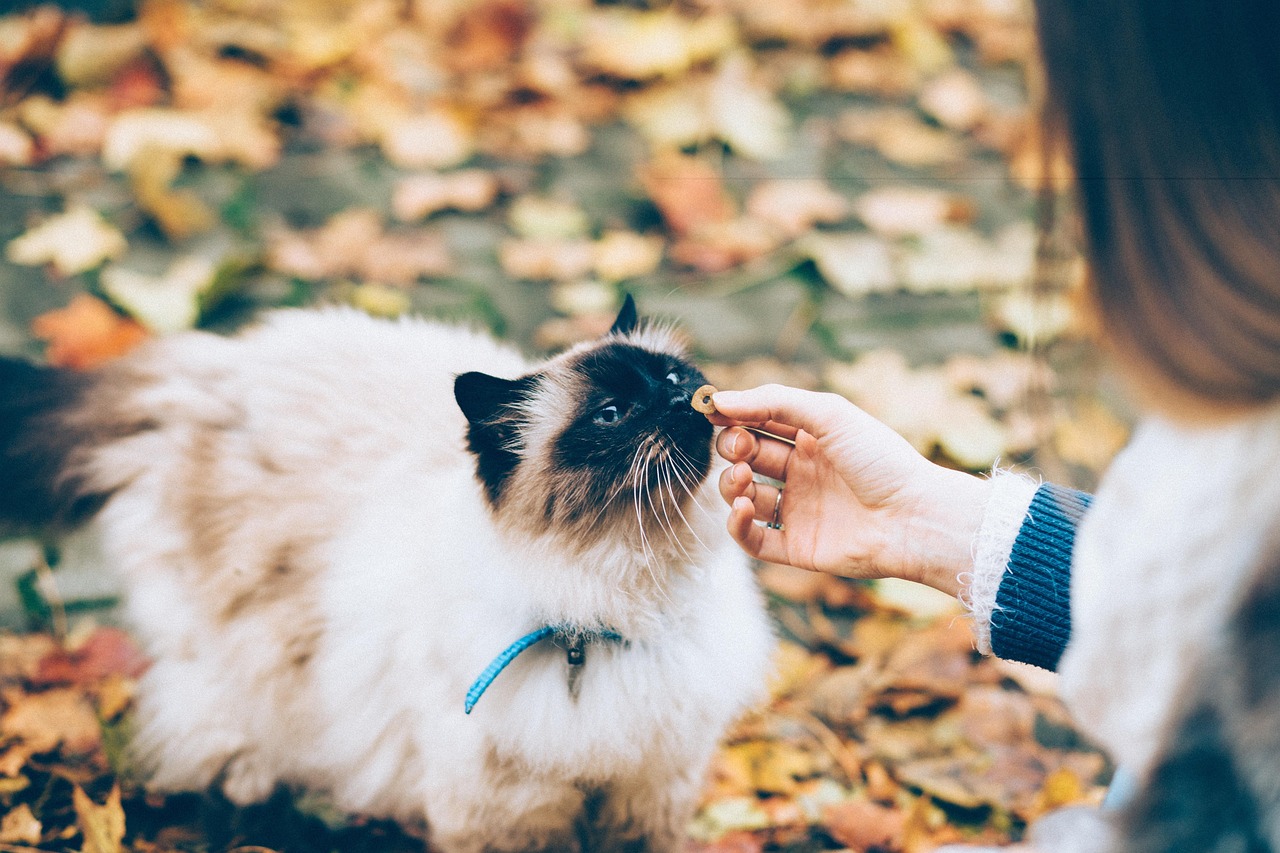
There are cat treats, like Pill Pockets, specifically designed for giving medications. Insert the pill into the top of the Pill Pocket and then press the top down to create a seal. Offer the Pill Pocket to your cat just as you would a treat. These ingenious little pouches come in flavors designed to appeal to feline taste buds.
The key to success with pill pockets lies in making them part of your cat’s regular treat routine before you need to medicate. We recommend giving them to your cat as a treat first, get your cat hooked, then spike one with the pill. This builds positive associations and reduces suspicion when medication time arrives.
Give the cat the half of the treat that doesn’t have the tablet, once that is consumed offer them the half with the pill. To make them even less suspicious, follow this with another half of a plain one as an extra treat. This “treat sandwich” approach can fool even the most suspicious felines by bookending the medicated treat with normal ones.
However, be aware that pill pockets are great while they work, but the clock is ticking on these two techniques. Many cats eventually catch on to the deception, so have backup plans ready.
The Towel Burrito Method
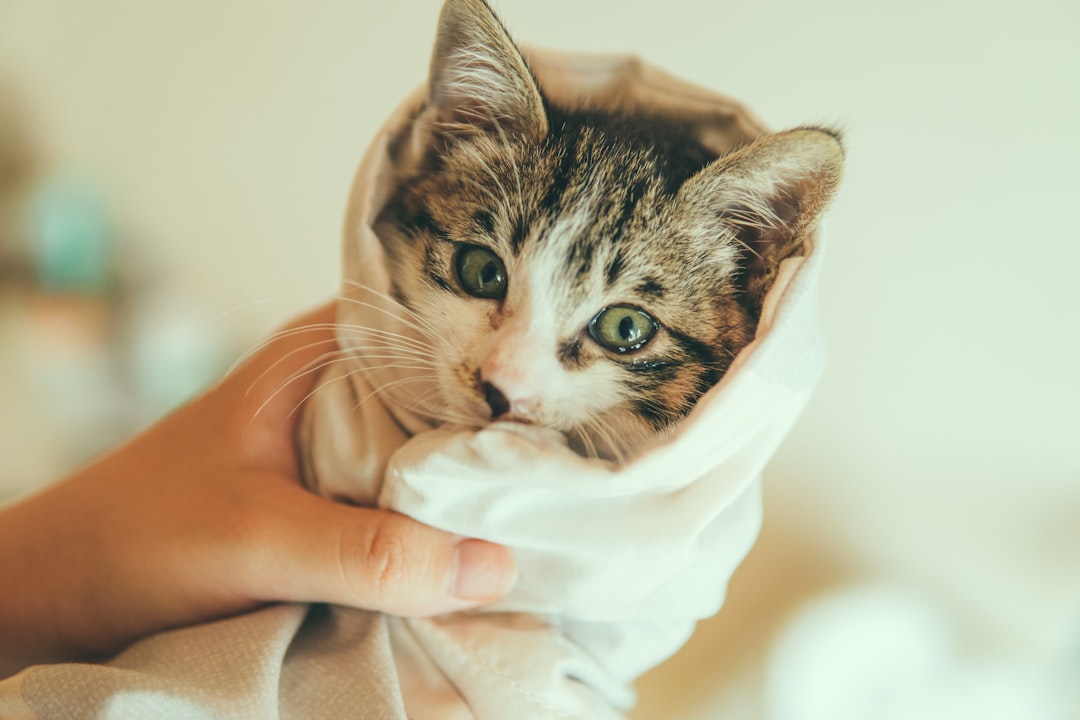
When food tricks fail, you’ll need to embrace the direct approach, and proper restraint becomes essential for everyone’s safety. The towel will keep the cat stable while providing the cat with safety, comfort, and warmth. This technique is called a cat burrito or burrito wrap and is commonly used in veterinary clinics to gently handle cats while relieving their stress. Professional veterinarians rely on this method for good reason.
Lay a big towel on the floor. Place your cat on it, take the sides, and wrap them over your cat’s back, ensuring to secure the front and back legs so they can’t get them out. Place your ‘kitty burrito’ between your legs with their head facing away from you. The positioning prevents your cat from backing away while giving you optimal access to their head.
The towel method isn’t for every cat. If your cat is struggling excessively, skip the towel wrap and hold them firmly but gently on your lap instead. Some cats find the wrapping comforting, while others become more agitated. Some cats are calmer and more cooperative if they are wrapped in a towel (particularly a towel sprayed with Feliway or Pet Remedy) and don’t seem to mind. Others think this is the worst thing EVER and will avoid you for days.
Master the Direct Pill Placement Technique
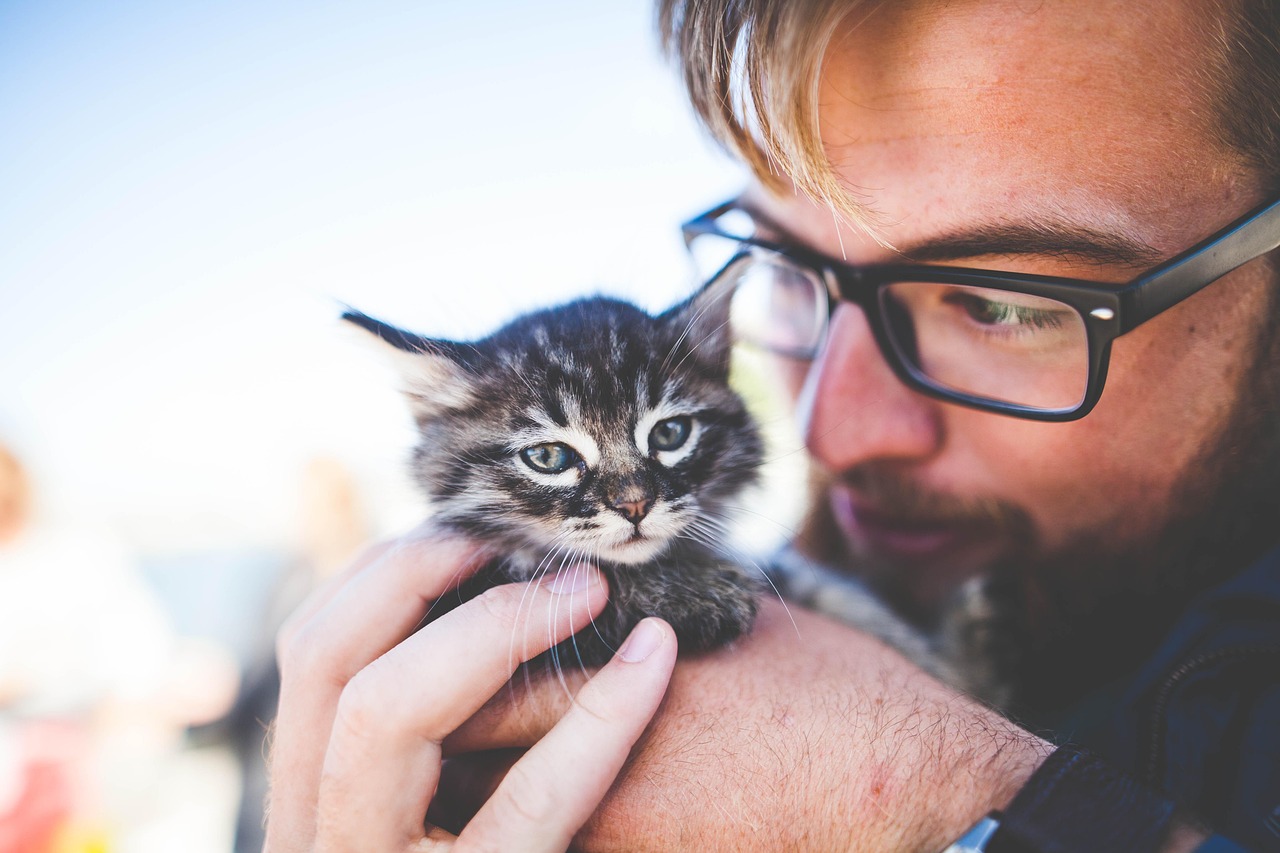
Once your cat is properly restrained, gently tilt your cat’s head back, so that its chin is facing upward. With your other hand, hold the pill between your thumb and index finger, and place downward pressure with your middle finger on the front of your cat’s lower jaw. Combined with the upwards head tilt, this will cause your cat to open its mouth. This creates the perfect opportunity for quick medication delivery.
Quickly place or slide the pill as far back in the mouth or down the throat as possible. If positioned far back in the mouth, it is unlikely that you cat with spit it out. Try to place the pill on the back one-third of the tongue to stimulate an automatic swallowing reflex. Speed and precision are your allies here.
After placing the pill, gently rub your cat’s nose or throat or blow lightly on her nose to stimulate swallowing. Usually, a cat will lick its nose if it has swallowed the pill. To help prevent tablets or capsules from becoming lodged in the esophagus, immediately follow the medication with about a teaspoonful (5-6ml) of water which can be administered with a medicine dropper or oral syringe. This chaser ensures the pill reaches the stomach safely.
Try a Pet Piller Device
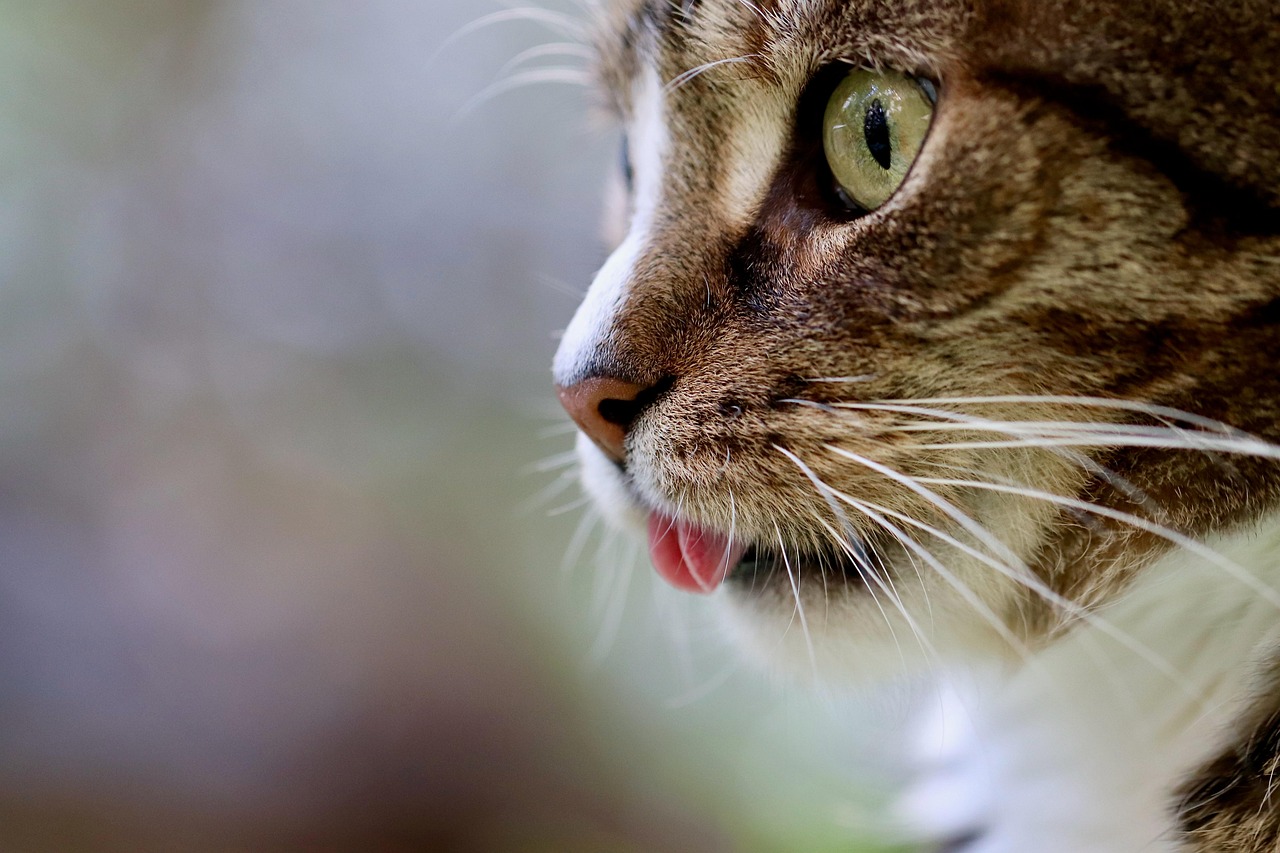
For those who prefer to keep their fingers away from sharp feline teeth, a pet piller is a small plastic tube with a plunger to gently dispense a pill into your cat’s mouth. Pilling devices can be very helpful for some families. They can be used to deliver the medication over the back of the tongue so you do not have to place your fingers in your cat’s mouth.
Insert the pill at the end of the pilling device over the base of the tongue. Push the plunger on the pilling device with your thumb or index finger to deposit the pill far back in the cat’s mouth. The device extends your reach while maintaining safe distance from teeth and claws.
However, technique matters significantly with these devices. This device removes the need to place your fingers in the cat’s mouth, but can damage the back of their throat if used incorrectly. Only use a pill popper if you have been shown safe technique by a vet or vet nurse. The devices are safe to use, but when done improperly or when inserted too far into the mouth, they could cause pain or damage.
Convert to Liquid Medication

Sometimes the smartest strategy is changing the battlefield entirely. It may be possible to have the medication compounded into a flavored liquid or treat. Veterinary pharmacies can prepare many medications into liquid or treat formulas with appealing flavors such as tuna, chicken, or salmon. Many pet owners find liquid medications easier to administer than pills.
Liquid medicines can either be trickled or squirted into the back of a cat’s cheek pouch, though you must be careful with positioning. Liquids are more likely to accidentally enter the windpipe compared to pills or capsules. To avoid the cat inhaling liquid into the windpipe, do not tilt the cat’s head backward. Instead, aim for the side pouch of the mouth.
If you can safely dissolve the pill in liquid: Mix the crushed pill with a small amount of tuna juice or low-sodium chicken broth for your cat to lap up. This transforms medication time into treat time, making the experience more pleasant for everyone involved.
Never Rush the Process

Avoid rushing the process: Rushing your cat can cause stress and resistance. Take your time to ensure a calm experience. Your energy directly impacts your cat’s response to the situation. Although medicating your cat can be intimidating, try to remain calm and confident, as your cat is likely to pick up on your stress.
If a cat sees you coming with meds, you have very little chance of success, particularly ongoing success. The element of surprise works in your favor, but panic and fumbling destroy any advantage you might have had. From the time you first touch the cat and when the medicine is delivered should not be a full 2 seconds. We have to be in and out quickly for long term success.
Your cat will reflect your emotions. If you are anxious, your cat will likewise react. Relax and be calm. Think of it as a brief, professional procedure rather than a battle. Preparation is key – have everything ready before you even approach your cat.
Don’t Create Predictable Routines
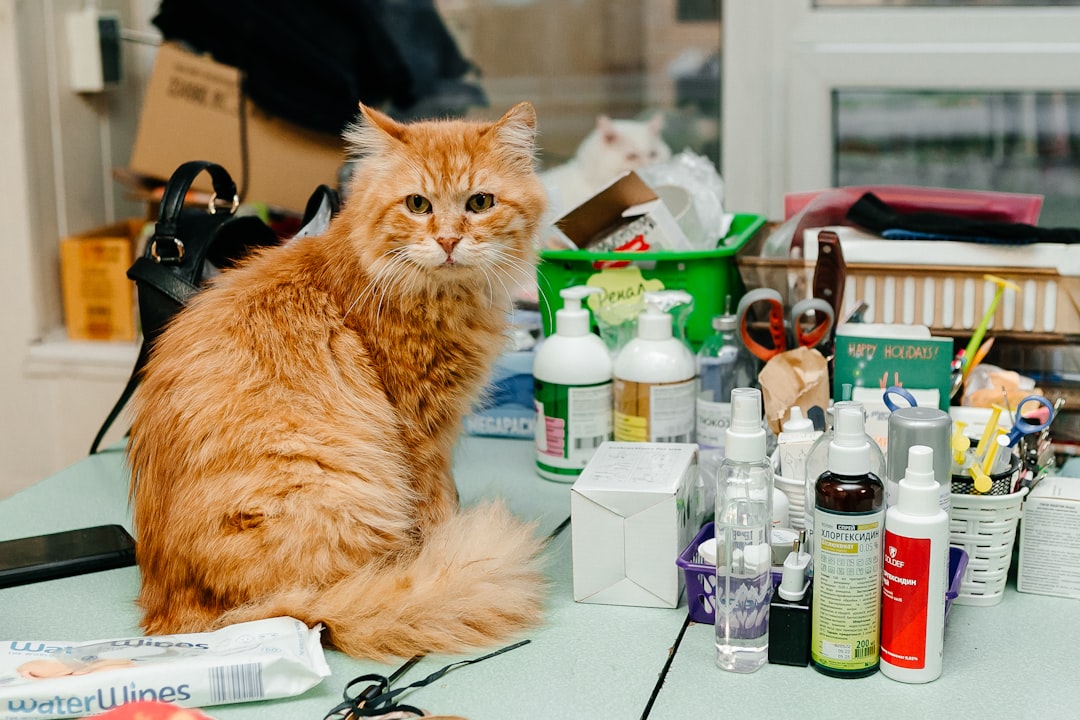
There can be no cat medicine drawer because that particular drawer handle will begin to sound very differently from all the other handles. Do NOT try to medicate at the exact time of day every day, and definitely not during the same point in your daily routine. A client that thinks they will give the pill between their shower and making coffee every morning will have a difficult time locating the cat no later than day 4.
Cats are incredibly observant creatures who quickly learn to associate specific sounds, locations, and timing with unwanted experiences. Do not keep all the medicine in one location or the kitty will be alerted every time you go to that location. Try to keep medicine in separate containers, with at least one per level of the home and often in a bathroom, where the running faucet will allow me time to prepare my kitty meds undetected.
With cats, opportunity is the main goal, not daily consistency. This can be more challenging with twice daily meds. Flexibility becomes your secret weapon – medicate when your cat is relaxed and off-guard, not according to rigid schedules that they’ll learn to anticipate.
Avoid Crushing Pills Without Permission

Unless your vet recommends it, never crush or grind pills to put in food or water. Crushed medication can taste bitter, so your cat won’t get the full dosage. Always get your vet’s express permission before administering medicine for cats this way. Many medications lose effectiveness or become dangerous when altered from their original form.
Some pills can be crushed or divided, but others cannot as this could risk damaging your cat’s oesophagus or stomach. This is because the medication will no longer be protected by the outer coating of the pill. Extended-release formulations, enteric-coated tablets, and certain antibiotics must remain intact to work properly and safely.
The medication will no longer be protected by the outer coating of the pill when crushed, potentially causing stomach irritation or rendering the drug ineffective. What seems like a helpful shortcut can actually harm your cat or waste expensive medication. Always consult your veterinarian before modifying any prescribed medication in any way.
Conclusion
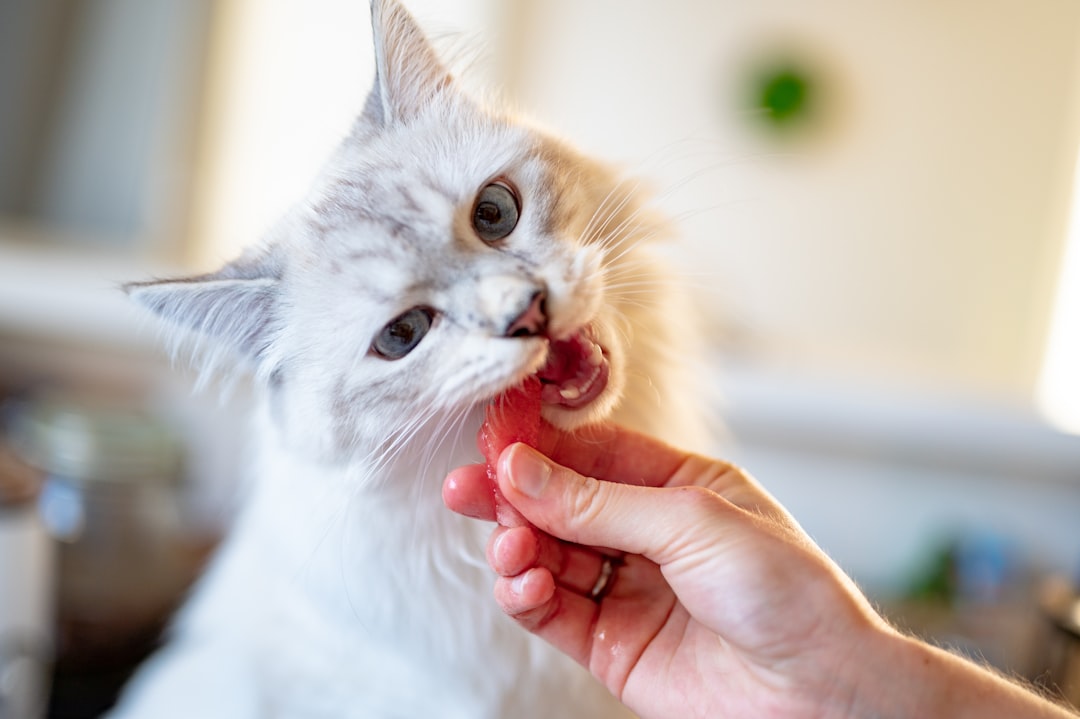
Giving your cat a pill doesn’t have to be a traumatic experience for either of you. The key lies in understanding your cat’s personality, having multiple strategies ready, and maintaining calm confidence throughout the process. Start with the least invasive methods like hiding medication in food, and gradually work up to direct administration only if necessary.
Remember that every cat is different – what works for one might be completely useless for another. Don’t be discouraged if your first attempts fail; even experienced veterinarians sometimes struggle with particularly determined felines. The most important thing is ensuring your cat receives their prescribed medication safely and completely.
What techniques have worked best with your own cat? Share your experiences and help fellow cat parents navigate the wonderful world of feline medication adventures.






